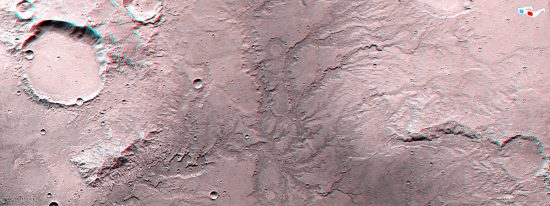As expected, this subject has popped up on Thunderbolts. A post by Stephen Smith at www.thunderbolts.info/wp/2020/08/07/martian-glaciers/ … and as one would think they have a completely contrary take on glaciers, or former oceans and rivers, on Mars. He makes the point that earth is a water planet and it is thought that for life to exist on Mars there must have been water there at one time or another. Water is of course an essential ingredient if humans colonise the red planet. If that ever happens of course as there are other problems involved in living on that planet – not least the cold temperatures. Hence, the search for water is an ongoing process. For example, the High Resolution Imaging Science Experiment (HiRise) is examining Mars from space. The problem is that Mars is very dry and very cold. The avcerage mean temperature of regolith on the surface is -50 degrees C. Some scientists think Mars is covered in permafrost (freezing just below the surface), so cold that carbon dioxide freezes into a solid and blankets the terrain in dry ice (at southern and northern latitudes). Therefore any water must either be subterrannean or in thick icy soils. Since ice is thought to predominate on Mars the idea of ancient glaciers is far from novel. Hence, the latest study that suggests glaciers rather than rivers and streams, an attempt to get down to basics. Mars is cold and it may never have had a nice climate – with plenty of water. Stephen Smith goes on to say of the new paper, which claims a large number of valley networks on Mars were not caused by flowing water but by ice. 3D images seem to show bizarre polygonal structures, thousands of parallel creeks, and multiple terraces. They are clearly visible – but what are they. He says these areas are not a sign of water or glaciation but they are, instead, signs of electric arcs. Previous Pictures of the Day with Mars as a subject describe the electric arcs as evidence of plasma discharge. They found similar rilles, flat floored craters, 'railroad track' patterns in canyons and craters, intersecting gullies with no debris insde them (a mystery by itself). Also, the giant mesa like formations with Lichtenberg 'whiskers' as well as deep sided ravines winding through landscapes dotted with circular uplifts. Stephen Smith attributes all this to planetary lightning bolts rather than ice. Do similar geological formations exist on earth and do they also have an origin in lightning discharges?

